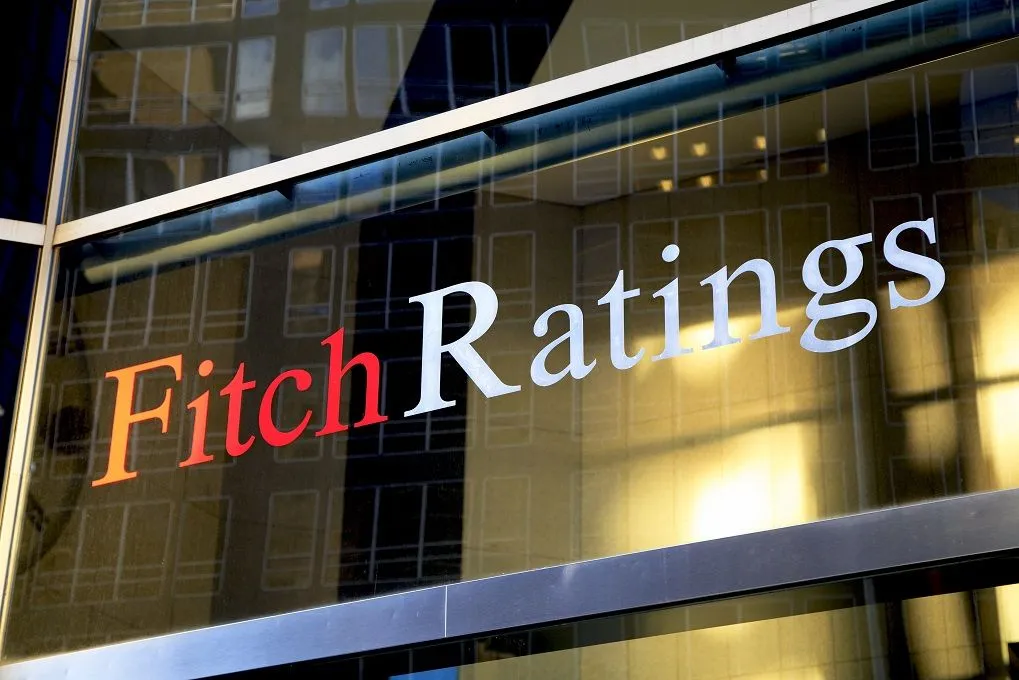While desalination in Morocco holds promise, the country’s agriculture “will remain particularly vulnerable” to water scarcity, according to a report from the American credit rating agency Fitch.
In its report published on Monday, Fitch maintains that despite significant government investment and political stability – an area where Morocco outperforms most other North African markets – the country remains at high risk of water scarcity.
“Our model suggests that this risk will, however, remain largely unchanged in the coming years, indicating that water scarcity will remain a significant drag on the economy,” the report reads.
Morocco’s desalination strategy
Fitch outlines Morocco’s considerable efforts to adopt water desalination to mitigate the increasing risk of drought. In August, the Moroccan government acquired USD 27.5 million worth of advanced seawater desalination technology from the US-based company Energy Recovery.
The technology will be introduced into several desalination plants across the country, boosting their production capacity to over 1 million cubic meters of potable water daily – an increase of 189% from the current capacity.
As part of its broader strategy, Morocco aims to provide half of its drinking water needs through desalination by 2030. However, the report points out that the country lags behind its regional peers in terms of desalination water produced per capita, according to data from the UN’s Food and Agriculture Organization and the World Bank.
Desalination efforts are expected to benefit Morocco’s tourism sector, which has been hampered by water use restrictions. According to the 2050 National Plan for Water, desalination projects will be primarily used to secure drinking water in large cities and, to a lesser extent, to increase the water supply available for agricultural irrigation.
Tourism, which contributes approximately 7.0% of Morocco’s GDP, has faced water use restrictions during peak seasons, particularly in regions like Casablanca-Settat and Rabat-Salé-Kénitra, affecting public and private amenities.
However, targeted regional investments in desalination have shown promise. Agadir’s desalination plant, operational since 2021, has successfully prevented water rationing in this major tourist hub.
Persisting threat of water scarcity
Despite these measures, desalination will have only a small positive effect on agriculture due to the current nascent state of irrigation infrastructure.
As of 2022, around 80% of Morocco’s cultivated land relied on rain-fed agriculture, indicating that additional investments in water infrastructure will be necessary for agriculture to fully benefit from desalination.
An increase in desalination capacity for agriculture served by irrigation—which accounts for over 50% of the sector’s value-added—will have a positive impact. Desalination could reduce the need to divert water from irrigation to human use, a measure that has been necessary during recent droughts.
Morocco’s agricultural sector has already suffered from water scarcity, with periodic droughts causing fluctuations in yields and increasing reliance on food imports. For instance, last year’s drought slashed wheat production from 7.5 million tonnes in 2021/22 to just 2.7 million tonnes in 2022/23, reducing the wheat self-sufficiency ratio from 71.8% to 27.1%.
The report argues that climate change will continue to challenge all sectors of Morocco’s economy, particularly agriculture.
As of August 26, the reservoirs in Morocco were filled to just 27.4% of their total capacity, despite heavy rains and flooding in late August in the typically arid southern regions. Much like other North African markets, Morocco is expected to become increasingly drier and hotter, while also experiencing periods of more intense rainfall due to climate change.
The American rating agency expects water scarcity to remain a persisting challenge for all sectors of the Moroccan economy, but especially agriculture.
“In addition to likely experiencing similar effects of climate change, we expect Morocco to be exposed to a level of Natural Disasters risk, based on our ESG Country index, that is in line with most of North Africa due to broadly similar levels of infrastructure development, except for Libya where natural disaster resilience is considerably lower,” the report explains.


